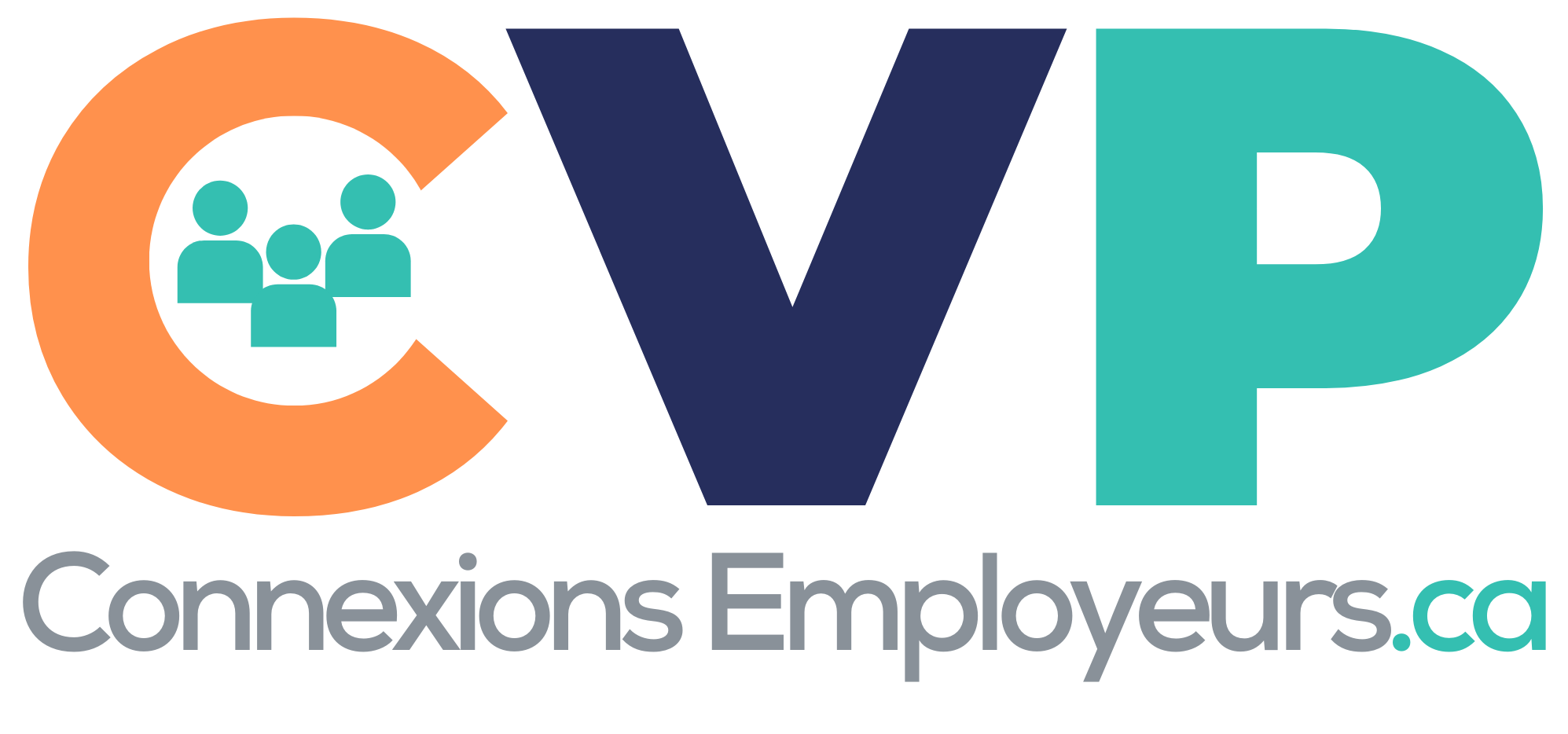Where to? Mapping Immigrants’ and Non-permanent Residents’ Settlement in Canada

Communities across Canada are experiencing changes in their populations of immigrants and temporary residents who live there. Analyzing the geographic distribution of these newcomers can help forecast scenarios and guide local-level policies.
The maps and accompanying database provided below are interactive tools for service providers and governments. They identify population trends by census division and can be used to optimize policy decisions that span housing, healthcare, settlement services, education, and labour force dynamics.
Here are some interesting findings we noticed in the data.
The temporary resident population in Canada has grown considerably
Many regions of Canada saw their temporary resident populations—people with temporary status, such as temporary foreign workers, international students, and refugee claimants—more than double between 2016 and 2021, with some regions seeing growth over 1,000 per cent.
Quebec saw some of the highest growth, with the temporary resident populations growing between 209 and 1,520 per cent in rural regions such as L’Érable, Charlevoix, Témiscamingue, Le Val-Saint-François, and Abitibi. Many urban areas saw more temporary residents as well, including Montréal, Longueuil, Québec City, Gatineau, and Laval.
In urban regions, increases in temporary residents probably include a mix of international students and temporary foreign workers, as well as their families, while increases in other regions probably include mostly temporary workers and their family members
Changes in the demographic characteristics of these communities will produce different needs that must be considered when designing local and regional policies. The maps and database provided here can help quickly identify demographic tendencies so users can outline policy options accordingly.
Pour lire la suite de l’article et utiliser la carte pour connaître les tendances en matière d’établissement dans votre région, cliquez ici.
Vous devrez créer un compte si vous n’êtes pas déjà membre.
Source : The Conference Board of Canada, February 29, 2024


Réponses